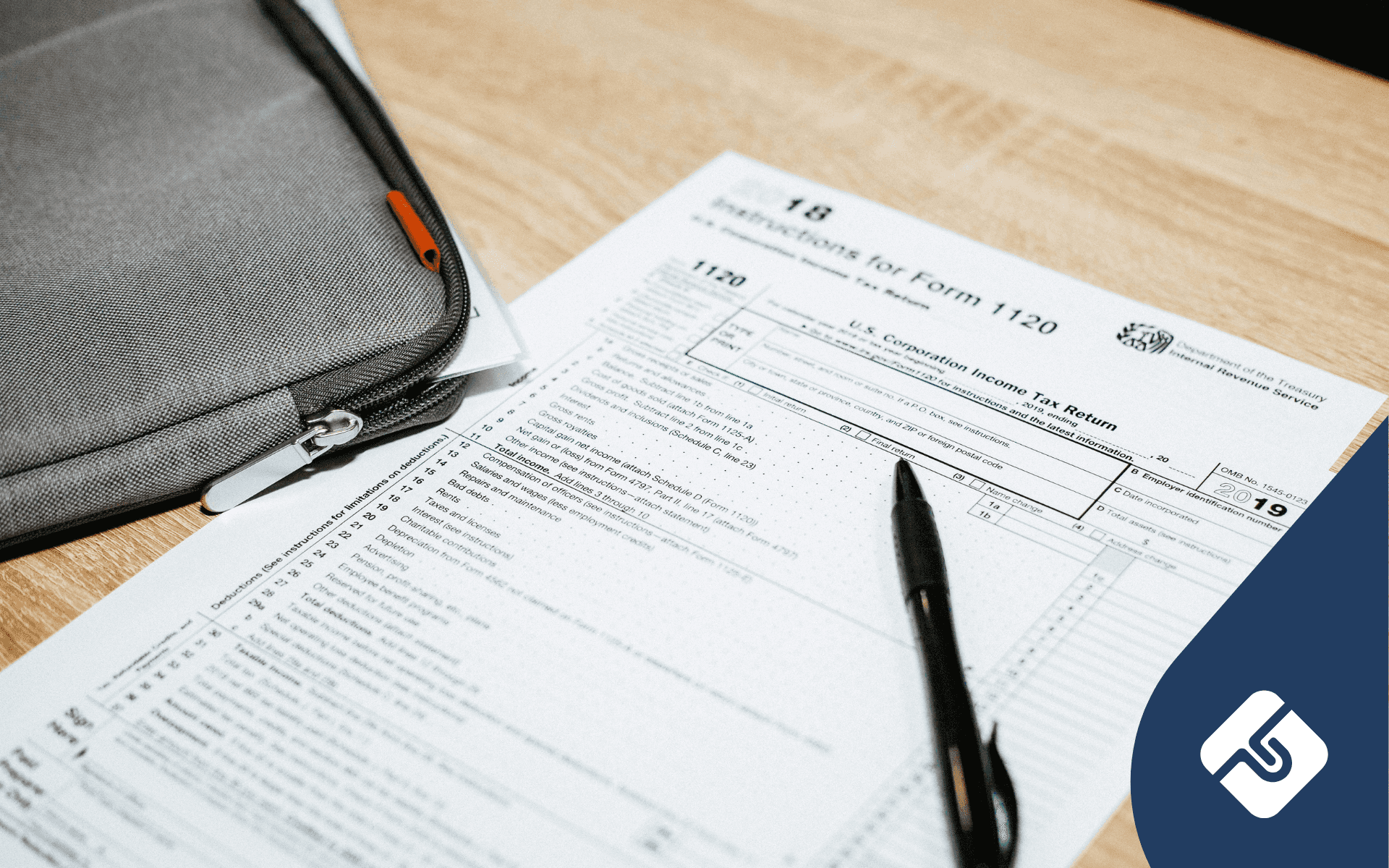Sydney-based consultant, working in data analytics. Formerly Data Analyst at Lawpath.
Are you the owner of a small business, like the neighbourhood florist? Or maybe thinking about creating your own small business selling customised bowling balls? If you are selling or thinking about selling goods or services, you must be aware of what you need to do for your customer to keep a record of the transaction.
But how do you actually write a receipt for your customers? This how-to guide will take you through what you need to do when you are required to provide proof of transaction.
When do you need to provide Proof of Transaction?
Under Australian Consumer Law, a business must provide ‘proof of transaction’ if the total price of the goods or services provided is greater than $75, excluding GST. Additionally, this ‘proof of transaction’ must be provided as soon as practicable after the goods or services have been provided. If the transaction was under $75 excluding GST, businesses are only required to provide a receipt within 28 days if requested.
What documents can be Proof of Transaction?
Only some documents are legally recognised as proof of transaction. Proof of transaction can come in the following forms:
- Tax invoice;
- Cash register receipt;
- Credit card or debit card statement;
- Handwritten receipt;
- Lay-by agreement; or
- A confirmation or receipt number for a telephone or internet transaction.
These are the most common documents provided to people when they purchase a good or service. You will most likely have been provided some proof of transaction when you purchased an item as a consumer.
How to write a receipt
Step 1. Make it clear that it is a Proof of Transaction
Firstly, you need to show that the document you write is intended to be identified as a proof of transaction. You should identify the document at the beginning and write what type of document it is, whether it be a receipt, a tax invoice, or another type of document.
Step 2. Include when the transaction occurred
You are required to include the date of the transaction in your proof of purchase. You can include the time for your own records, but you are not obliged to include anything more than just the calendar date of when the transaction happened.
Step 3. Identify the parties in the transaction
In the proof of transaction, you should identify the relevant parties involved in the sale of the good or service. You must include the following information:
- Your company’s name and identity; and
- Your company’s Australian Business Number (ABN) or Australian Company Number (ACN), whichever one your company has.
If you cannot recall your ABN or ACN, you can perform a search of your own company on ASIC Registers and locate your number online.
Additionally, if the sale was over $1,000, the buyer’s identity or ABN must be included on the invoice.
Step 4. Identify the Good or Service of the transaction
And finally, a proof of transaction must contain the following information in the document:
- The goods or services supplied; and
- The price of the goods or services.
Conclusion
This is our basic guide that can help your small business on writing a receipt, or proof of transaction, for your consumers if you intend to conduct business in Australia. If you would like help to write a receipt or proof of transaction for you business, LawPath recommends getting in touch with a commercial lawyer to ensure that your receipt or invoice is compliant with consumer law and tax obligations.
Contact a LawPath consultant on 1800LAWPATH to learn more about customising legal documents, obtaining a fixed-fee quote from our network of 600+ expert lawyers or to get answers to your legal questions.

Get a fixed-fee quote from Australia's largest lawyer marketplace.







